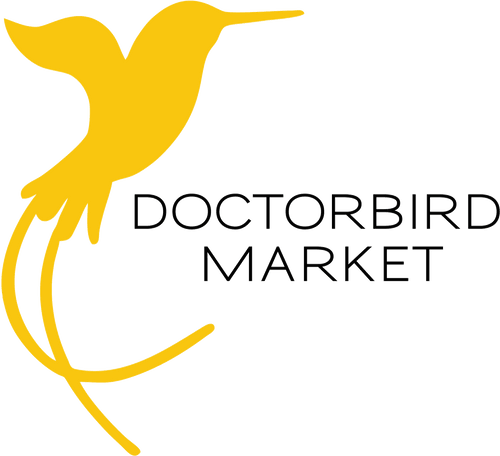Trousseau "Sur la Cour" 2022, Jean-Luc Mouillard
- Regular
- $35.00
- Sale
- $35.00
- Regular
- Unit Price
- per
This ruby red colored Trousseau, has a vibrant nose with notes of red berries, cherry, and fresh violets. The elegant palate has supple tannins and a mouthwatering acidity. A red wine that can be enjoyed all year round!
One parcel of nearly 3 acres in their commune of Mantry, where you can find the star fossils that are in the photo in the profile below. Trousseau is a Jura native and at some point in its history migrated to Portugal, where it is known as Bastardo. The Mouillard rendition is a lightly-colored wine of notably full, limestoney flavors. Lighter years see this wine aged entirely in tank while riper years can see barrel aging. Low yielding years can result in this being blended with Poulsard and Pinot Noir to make a red in sufficient volume named Rubis. In abundant years, production of Trousseau can reach 375 cases.
About the Winery
Jean-Luc Mouillard was born in Nevy-sur-Seille at the foot of the oft-photographed Château-Chalon. The château has morphed into a village as well as into Jura’s most respected appellation for vin jaune, and it occupies the top of a huge limestone outcropping. Nevy-sur-Seille, as the name suggests, sits far below on the valley floor along side of the small Seille River. An old stone bridge crosses the Seille at Nevy, and it’s this bridge that graces the labels of Jean-Luc’s wines.

Jean-Luc grew up on the family’s dairy farm, which happened to have a few vineyard parcels on the side whose harvest was sold to the local co-op. After enology school, he established Domaine Jean-Luc Mouillard in 1991, renting several parcels and planting several others. Today he farms twenty-seven acres of vines (up from the twenty stated on old back labels that may still be seen on bottles) in three appellations: Côtes du Jura, L’Etoile, and Château-Chalon, and normally 80% of his production is in white wine. The bulk of the vines are in the AOC of Côtes du Jura for Chardonnay, Pinot Noir, Poulsard and Trousseau, and all of his vines grow right around 1,000 feet in elevation. The farming ethic had been one of lutte raisonnée, or pragmatically sustainable (the use of herbicides, pesticides and chemical fertilizers were abandoned many years previously). Then the domaine embarked on organic farming in 2020 and became certified in 2023.

In 1997 Jean-Luc moved north from Nevy-sur-Seille to the village of Mantry upon buying a sixteenth-century house that originally served as a stagecoach stop. The motivation was the building’s stone cellar, an arched underground affair that became a place of beauty once Jean-Luc stripped off all of the stucco that had been applied to the stone at a later date. Here is where he ages wine in barrel. In 2005 he constructed a one-story building across the street for his fermentations, and in 2014 he built a facility to house a bottling line and to store bottled wine.

Thus, through dint of focus and hard work, Jean-Luc has created a serious artisan domaine that produces up to 55,000 bottles or 9,000 six-pack cases per year. His wife Annie runs the office and their son Mathieu has joined the domaine. Mathieu did an internship in the Mâconnais and then at Pierre Gaillard’s domaine in Faugères following his enological studies, and officially started with his father in 2018.
The Jura is sandwiched between Switzerland and Burgundy, and its vineyard area is the first upland between the Bresse Plain and the Jura Mountains. The lower slopes have more clay to go with marl; the higher slopes have more limestone, much like Burgundy’s Côte d’Or on the other side of the vast plain (unlike Burgundy, however, the Jura’s vineyards have a treasure trove of tiny star-shaped fossils, scattered like star dust upon the ground.). The influence of the Alps ensures that Jura’s climate is decidedly more continental than Burgundy’s, and winters can be quite cold. Vines are trained high for added protection against frost. Harvest typically runs well into October.

This is an ancient grape-growing region whose wine was referenced in 80 AD by Pliny the Younger. The early 19th century supported close to 50,000 acres of vines. Largely because of the phylloxera epidemic, the total today is some 4,700 acres (2014 acreage census) in an appellation that allows for as much as 27,000 acres to be planted. The earlier century supported a far greater diversity of vines too—42 different kinds, according to one count—whereas today five varieties dominate. Chardonnay is the most important at 43% of the total vineyard surface, and came from Burgundy with its sibling Pinot Noir as long ago as the 10th century. Savagnin, a distinctive wine prized for vin jaune, accounts for 22% of the vineyards; Poulsard, aka Ploussard, adds up to 14%; Pinot Noir for 13%; and Trousseau for 8% (these varietal percentages come from a census taken in 2000).
Thanks to Jeff Bramwell for the fossil shot and the photo of Jean-Luc and Mathieu. Thanks to Evan Hansen of the Selden Standard in Detroit for the photo of Jean-Luc.
And thanks to Vintage59.com for the great content!


